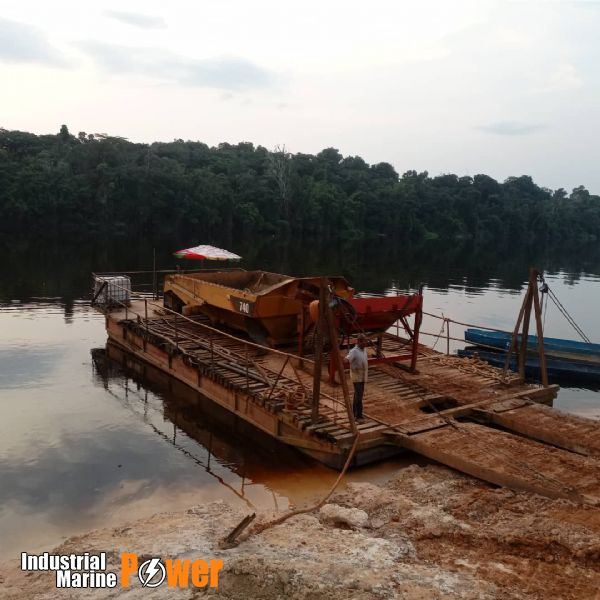
We are looking at self-Propelled Barge of 75-100 ton capacity with dimension of 22 mts x 8 mts approximately .
just with operator cabin , we do not require any accommodation space or washroom .
It should be less electrical and simple . Self propelled engine
It will be used in river water.
A self-propelled barge of 75-100 ton capacity with dimensions of 22 meters by 8 meters is essentially a flat-bottomed boat that is designed for the transportation of goods on water bodies. Here are some more details about this type of vessel:
Self-Propelled: The term "self-propelled" indicates that the barge is equipped with its own propulsion system, such as an engine and propellers or thrusters. This allows the barge to navigate through water without the need for a tugboat or other external force to move it. This is especially useful when traveling in tight spaces or in water bodies with a strong current.
75-100 Ton Capacity: This is the load that the barge is designed to carry. A ton is a unit of weight equivalent to 2,000 pounds or approximately 907 kilograms. So, a 75-100 ton capacity means the barge can safely transport between 75 to 100 tons of cargo. The exact load a barge can carry depends on its design and the materials used in its construction.
Dimensions (22 meters x 8 meters): This refers to the physical size of the barge. The 22 meters is likely the length (the longest dimension) and the 8 meters is the width (the second longest dimension). These dimensions give a general idea of the size of the barge and the amount of deck space available for cargo.
This kind of self-propelled barge would be used in various industries such as construction, transportation, and others for moving heavy goods, equipment, or materials across water. They are often used in inland waters, rivers, and canals, but can also be used in sheltered coastal waters.
We use cookies to improve your experience. By continuing to use our site, you accept our Cookies, Privacy Policy,Terms and Conditions. Close X